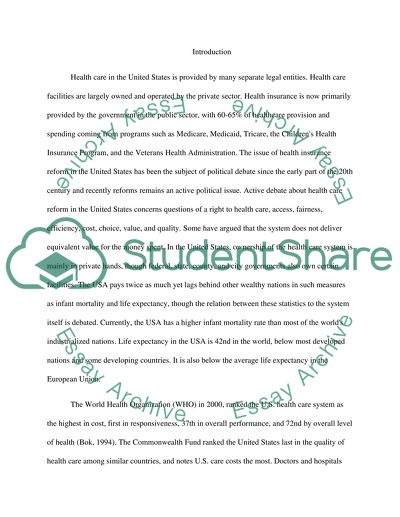Cite this document
(“Health care reform: The failure of health plan under the leadershipof Research Paper”, n.d.)
Retrieved de https://studentshare.org/health-sciences-medicine/1392577-health-care-reform-the-failure-of-health-plan-under-the-leadershipof-roosevelt-truman-and-clinton
Retrieved de https://studentshare.org/health-sciences-medicine/1392577-health-care-reform-the-failure-of-health-plan-under-the-leadershipof-roosevelt-truman-and-clinton
(Health Care Reform: The Failure of Health Plan under the Leadershipof Research Paper)
https://studentshare.org/health-sciences-medicine/1392577-health-care-reform-the-failure-of-health-plan-under-the-leadershipof-roosevelt-truman-and-clinton.
https://studentshare.org/health-sciences-medicine/1392577-health-care-reform-the-failure-of-health-plan-under-the-leadershipof-roosevelt-truman-and-clinton.
“Health Care Reform: The Failure of Health Plan under the Leadershipof Research Paper”, n.d. https://studentshare.org/health-sciences-medicine/1392577-health-care-reform-the-failure-of-health-plan-under-the-leadershipof-roosevelt-truman-and-clinton.


